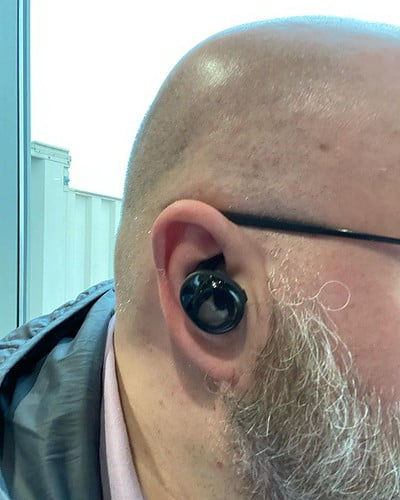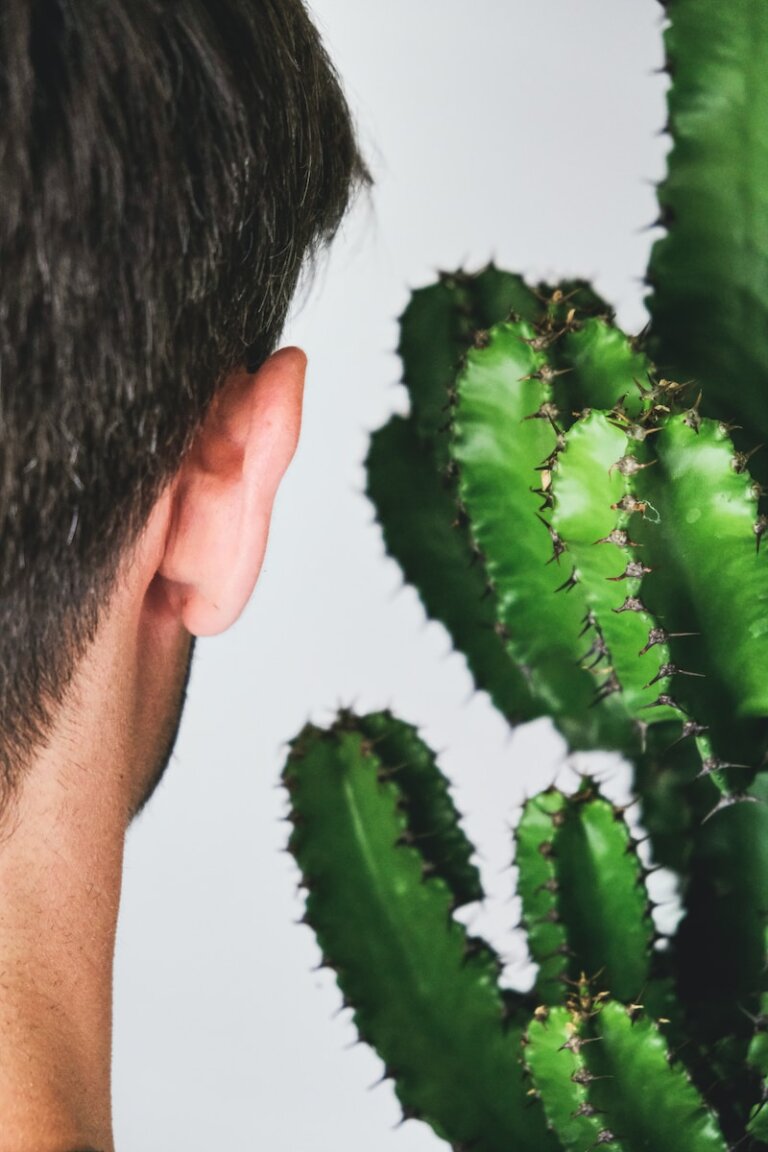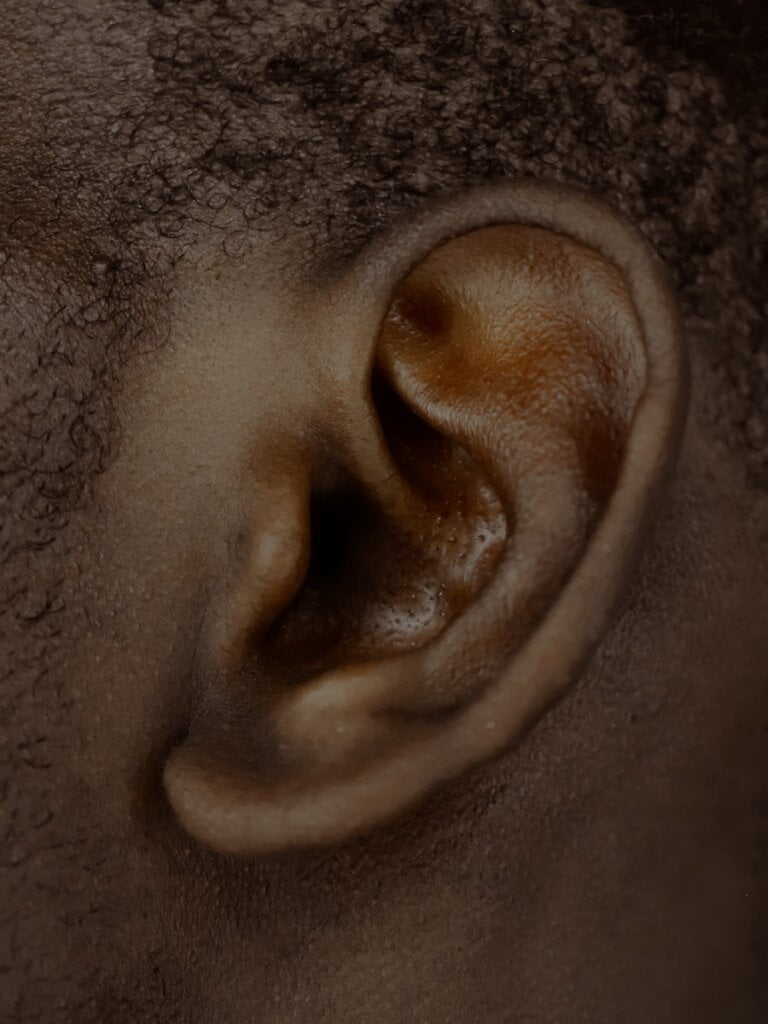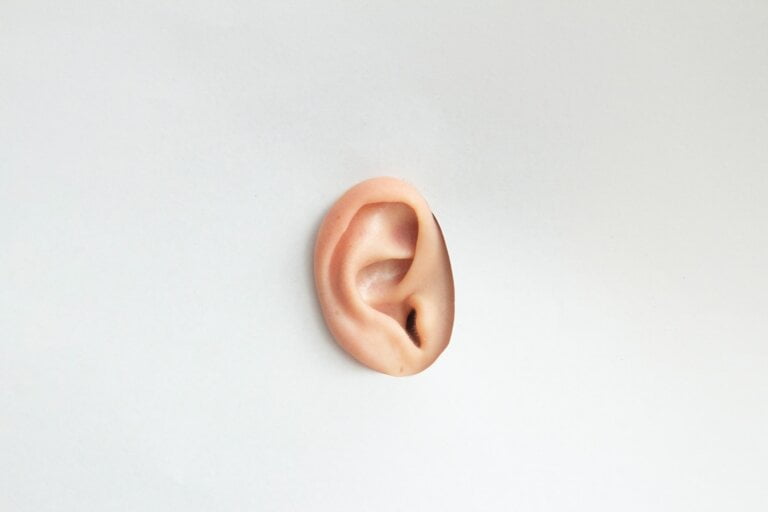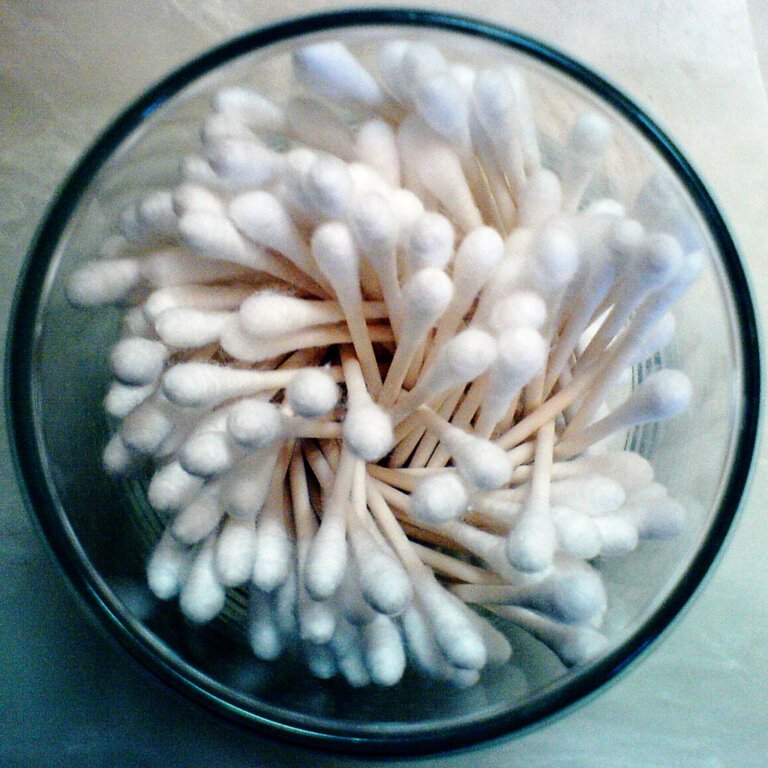Choosing the Right Path: Weighing the Benefits of Microsuction and Irrigation in Ear Wax Removal
Last Updated on 3rd May 2024 by Admin
When it comes to removing earwax, there are several methods available, each with its own set of advantages and disadvantages. Two popular techniques that are commonly used are microsuction and irrigation. In this article, we will take an in-depth look at these methods to determine which one is the superior choice.
Understanding Microsuction
Microsuction is a gentle and highly effective procedure for removing excess earwax. It involves the use of a specialised suction device by a trained professional such as an audiologist or an ear, nose, and throat specialist. These professionals typically utilise a microscope or loupes to obtain a clear view of the ear canal, allowing them to safely and precisely remove the earwax without causing any discomfort to the patient.
Benefits of Microsuction
- Safe and Gentle: Microsuction is widely regarded as one of the safest methods of earwax removal. The professional performing the procedure has complete control over the suction, minimising the risk of injury to the delicate structures of the ear canal or the eardrum.
- Precise Removal: With the aid of a microscope or loupes, the professional can visualise the ear canal with great clarity. This enables them to carefully remove the earwax with precision, ensuring a thorough cleaning and leaving the ear canal clear and unobstructed.
- Suitable for All: One of the major advantages of microsuction is its versatility. It can be safely used on individuals of all ages, including children and those with narrow or sensitive ear canals. Moreover, it is particularly beneficial for people who have undergone previous ear surgeries or individuals with perforated eardrums, as it does not involve the use of water or any pressure.
- Immediate Relief: Microsuction provides immediate relief from symptoms associated with excessive earwax. These symptoms may include hearing loss, earache, or tinnitus. The prompt removal of the obstruction through microsuction restores normal hearing and alleviates discomfort.
Drawbacks of Microsuction
- Professional Expertise Required: It is important to note that microsuction should always be performed by a trained professional to ensure safety and effectiveness. This means that the availability and affordability of the procedure may vary depending on the location.
- Potential for Discomfort: While microsuction is generally well-tolerated, some individuals may experience mild discomfort during the procedure. This can be attributed to sensitivity in the ear canal or underlying ear conditions. However, the professional performing the procedure can take measures to minimise any discomfort experienced by the patient.
- Limited Accessibility: Microsuction may not be as readily accessible as other methods of earwax removal. In some cases, individuals may need to travel to specialised clinics or hospitals to undergo the procedure. This can be inconvenient for those living in remote areas or with limited access to healthcare facilities.
Unravelling Irrigation
Irrigation, also known as ear syringing, is another commonly used method for earwax removal. This method involves flushing the ear canal with warm water or a saline solution using a specialised syringe or electronic ear irrigator. The force of the water dislodges the earwax, allowing it to flow out of the ear.
Benefits of Irrigation
- Widely Available: Irrigation is a widely available method for earwax removal and is commonly performed in various healthcare settings. It can often be performed by a nurse or a general practitioner, making it easily accessible to a wide range of individuals.
- Cost-Effective: Compared to microsuction, irrigation is generally a more cost-effective option for earwax removal. This makes it a popular choice for individuals seeking an affordable solution to their earwax problems.
Drawbacks of Irrigation
- Potential for Complications: Irrigation carries a higher risk of complications compared to microsuction. There is a chance of water becoming trapped in the ear canal, which can lead to infection or other issues. Additionally, the forceful nature of the water used in irrigation can potentially damage the delicate structures of the ear, including the eardrum.
- Ineffectiveness for Certain Cases: Irrigation may not be suitable for everyone. Individuals with a history of ear surgeries, ear infections, or a perforated eardrum should avoid irrigation as it can exacerbate their condition. It is important to consult a healthcare professional who can assess the individual’s specific situation and determine the most appropriate method of earwax removal.
- Messy Procedure: Unlike microsuction, irrigation involves the use of water, which can make the procedure messy. There is a possibility of water splashing or dripping during the process, requiring additional clean-up. This can be inconvenient and may result in a less pleasant experience for some individuals.
The Verdict: Microsuction Takes the Crown
While both microsuction and irrigation have their merits, microsuction emerges as the superior method for earwax removal. Its precision, safety, and suitability for individuals of all ages and ear conditions make it a preferable choice. Although microsuction may not be as widely available or cost-effective as irrigation, its effectiveness and immediate relief outweigh these drawbacks.
If you are experiencing symptoms related to earwax buildup, it is essential to consult a healthcare professional to determine the best method of removal for your specific situation. They will be able to assess your condition and provide personalised advice on whether microsuction or irrigation is the most suitable option for you.

